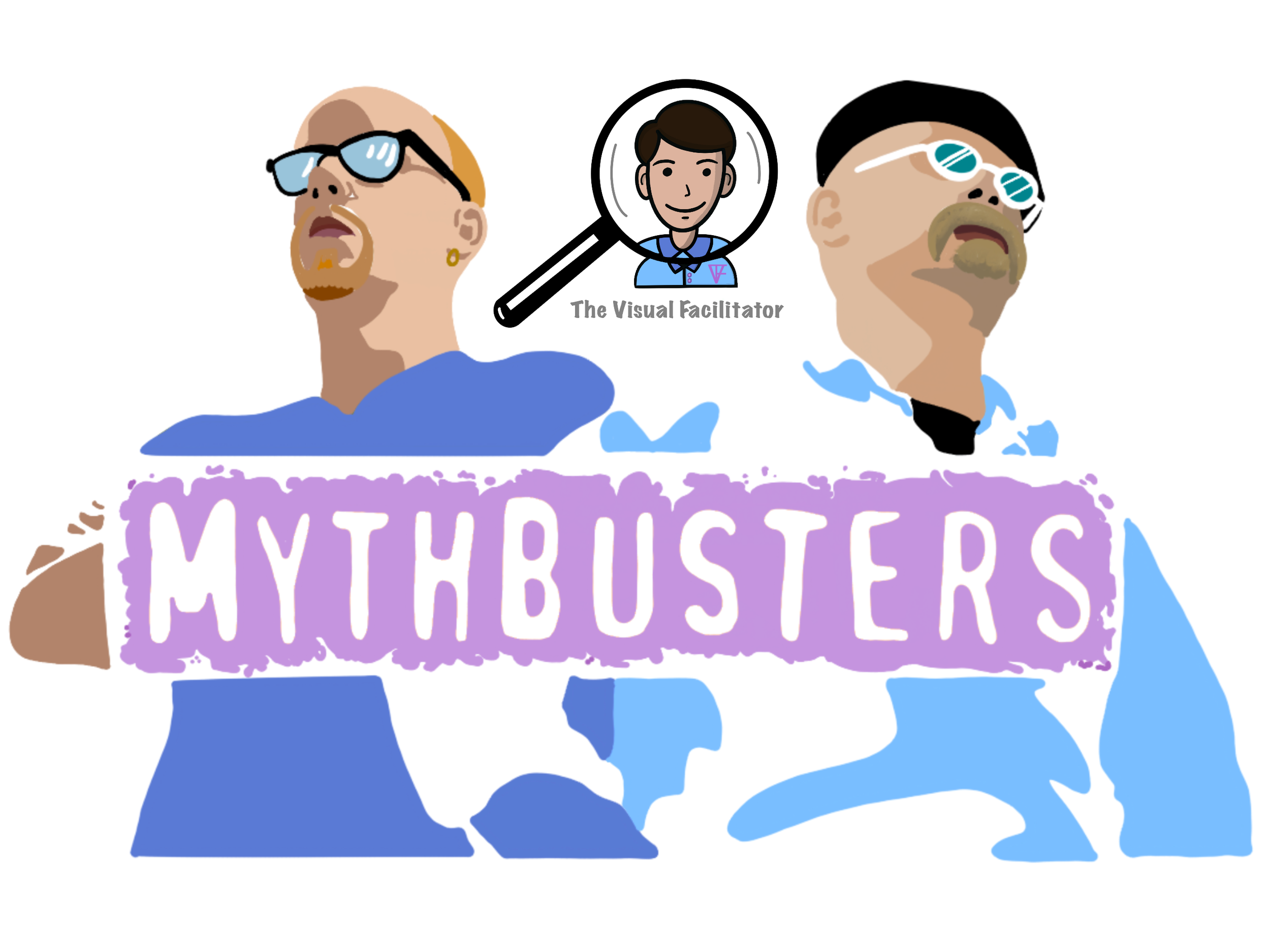Agile Mythbusting: Debunking Three Common Misconceptions
Agile has become a buzzword in the business world over the last decade. It's a popular methodology for project management that emphasizes iterative and collaborative development, adaptive planning, and flexibility. However, despite its widespread use, there are still some misconceptions about what Agile is and how it works. In this blog post, we'll bust three of the most common Agile myths.
Myth 1: Agile means no planning.
One of the most common myths about Agile is that it means no planning. This is not true. Agile means planning differently and continuously adapting plans to changing circumstances. In Agile, planning is not a one-time event that happens at the beginning of a project. Instead, it's an ongoing process that takes place throughout the project's lifecycle.
In Agile, planning is done in small, iterative cycles called sprints. Each sprint typically lasts 2-4 weeks and involves planning, executing, and reviewing a set of deliverables. At the end of each sprint, the team reviews the work done, assesses its progress, and adjusts its plans for the next sprint. This approach allows teams to respond quickly to changes and ensure that they're always working on the most important and valuable work.
Myth 2: Agile is only for software development.
Another common myth about Agile is that it's only for software development. While Agile was originally developed for software development, it can be applied to any project that involves uncertainty, complexity, and a need for flexibility. In fact, Agile is increasingly being used in non-technical projects such as marketing, HR, and even construction.
Agile's flexibility and adaptability make it ideal for projects that require frequent changes or where the requirements are not well-defined. It allows teams to respond quickly to changing circumstances, adjust their plans, and ensure that they're always delivering value to the customer.
Myth 3: Agile means no documentation.
The third myth about Agile is that it means no documentation. While Agile values working software over comprehensive documentation, it still documents what is necessary to support the work being done. In Agile, documentation is done in an iterative and incremental way, just like planning and development.
Documentation in Agile is typically focused on what's necessary to support the work being done. This means that teams prioritize documentation that adds value and avoids wasting time on unnecessary documentation. For example, teams may document user stories, requirements, test plans, and release notes, but avoid creating lengthy design documents or project plans that are unlikely to be used.
In conclusion, Agile is a powerful methodology that can help teams deliver value quickly and adapt to changing circumstances. However, to get the most out of Agile, it's important to understand what it is and what it isn't. By busting these three common Agile myths, we can help teams avoid common pitfalls and ensure that they're using Agile effectively.

